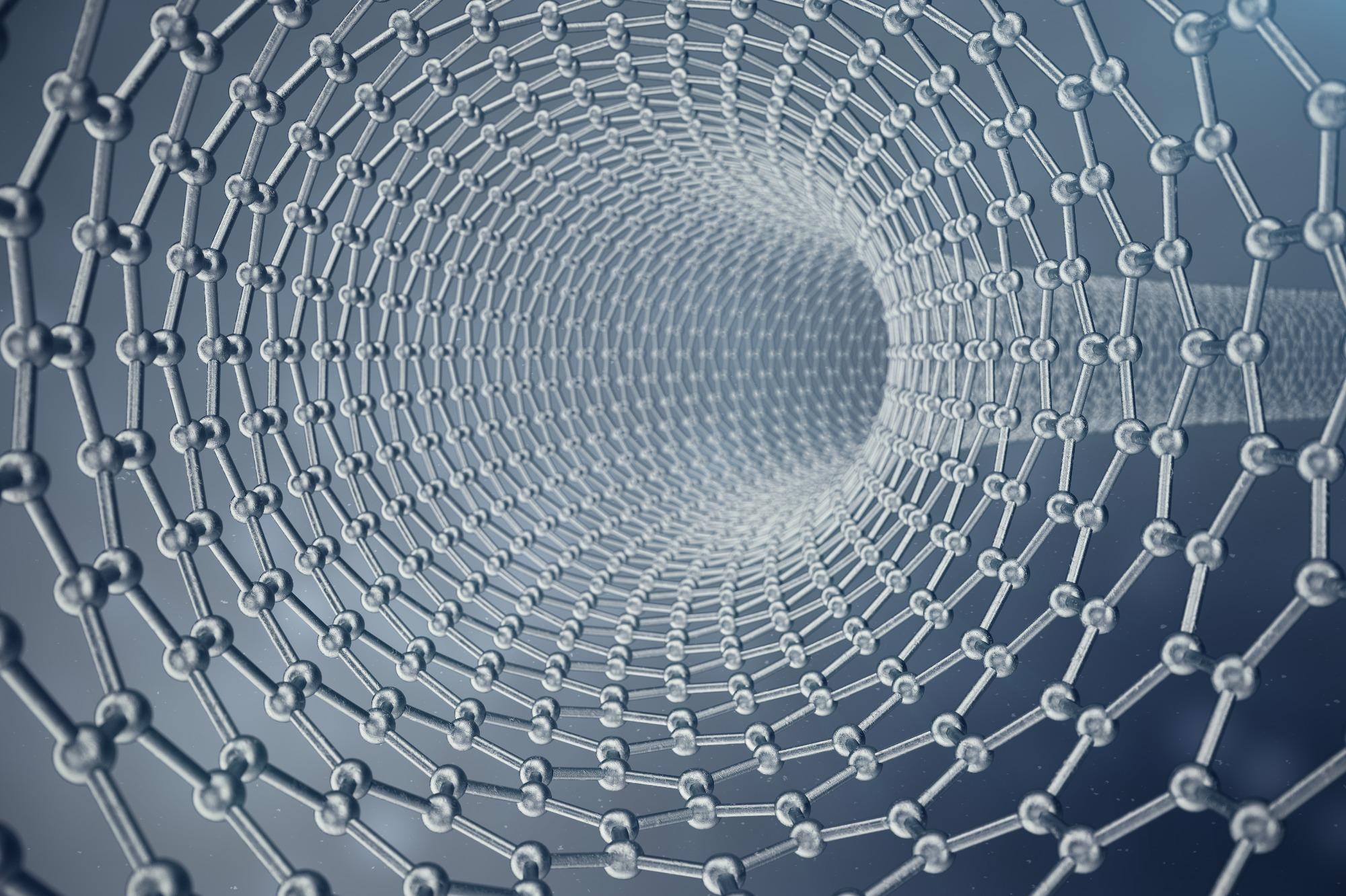Graphene-based micro-supercapacitors (EG-MSCs) optimize charge storage by combining the unique features of graphene with the benefits of planar device architecture. As a result, they may make gadgets that are more flexible, lighter and smaller.

Image Credit: Shutterstock.com/Rost9
However, graphene’s limited electric double layer capacity and aqueous electrolytes’ small voltage window hinder their continued applicability.
Professor Zhongshuai Wu and Professor Qiang Fu of the Chinese Academy of Sciences’ (CAS) Dalian Institute of Chemical Physics (DICP) recently suggested an approach for increasing the capacitance of graphene-based planar MSCs using a highly concentrated water-in-salt ambipolar redox electrolyte (ZnI2 + ZnCl2).
On April 19th, 2022, this research was published in ACS Energy Letters.
Increasing the capacitance efficiency of MSCs by using redox-active electrolytes to enhance graphene electrodes is an extremely effective technique.
Earlier documented redox mediators, on the other hand, could only provide a specific capacitance for a single electrode, resulting in low energy density due to the mismatched capacitances of two electrodes.
The scientists created a unique highly concentrated water-in-salt ambipolar redox electrolyte in which one ambipolar mediator (ZnI2) could naturally provide two redox couples (I-/I2 and Zn/Zn2+) with matching charge storage in this research.
These two species provided two electrons to be oxidized at the positive electrode and lowered at the negative electrode in a synchronized and independent manner, providing EG-MSCs with a significant pseudocapacitive contribution.
They were able to achieve a high volumetric capacity of 106 mAh/cm3, a high energy density of 111 mWh/cm3, and long-term cycling stability of 92.1% after 5,300 cycles.
The constrained self-discharge, which suppressed the generation and diffusion of polyiodide ions of I3- and I5-, was attributed to these good results, according to in situ characterizations.
Furthermore, due to the lowered freezing point of water caused by strong associations between water molecules and zinc ions, EG-MSCs displayed steady cycling performance at -20 °C.
This work opens a new avenue of introducing ambipolar redox mediators into highly concentrated electrolytes for high-performance MSCs.
Zhongshuai Wu, Professor, Dalian Institute of Chemical Physics, Chinese Academy of Sciences
Journal Reference:
Meng, C., et al. (2022) Water-in-Salt Ambipolar Redox Electrolyte Extraordinarily Boosting High Pseudocapacitive Performance of Micro-supercapacitors. ACS Energy Letters. doi.org/10.1021/acsenergylett.2c00329.